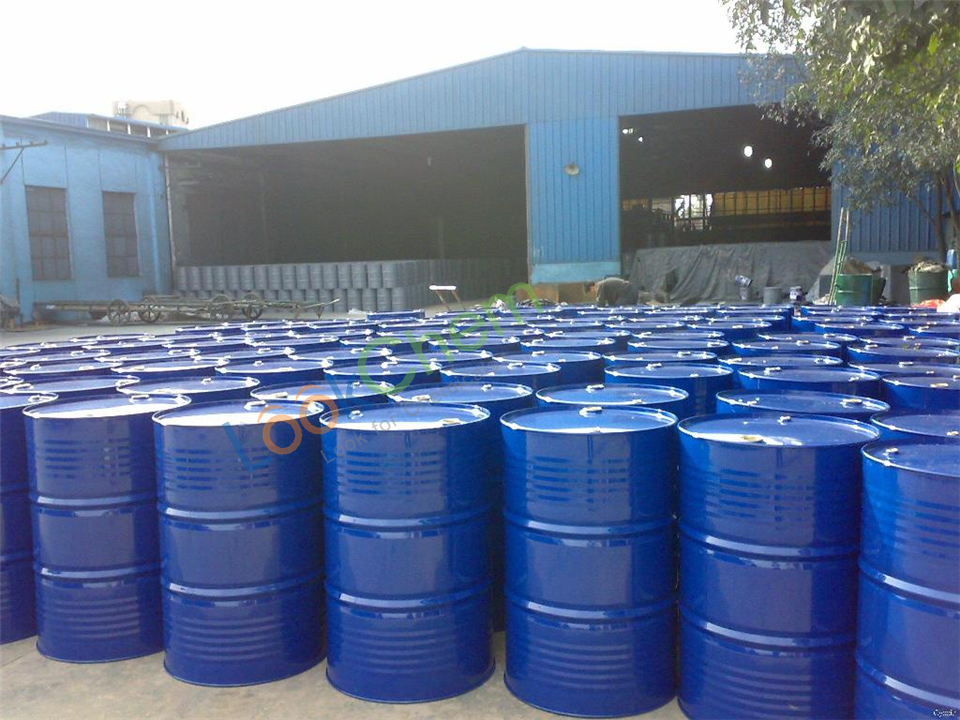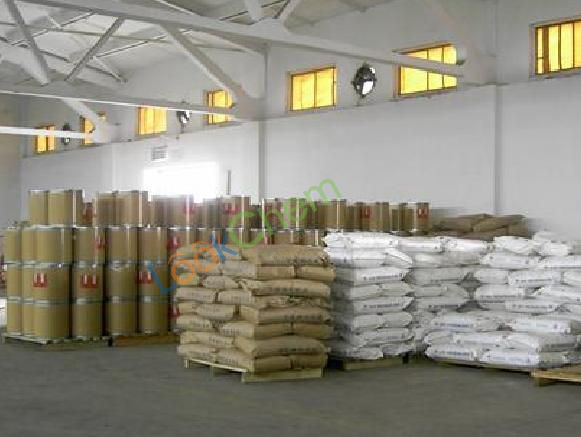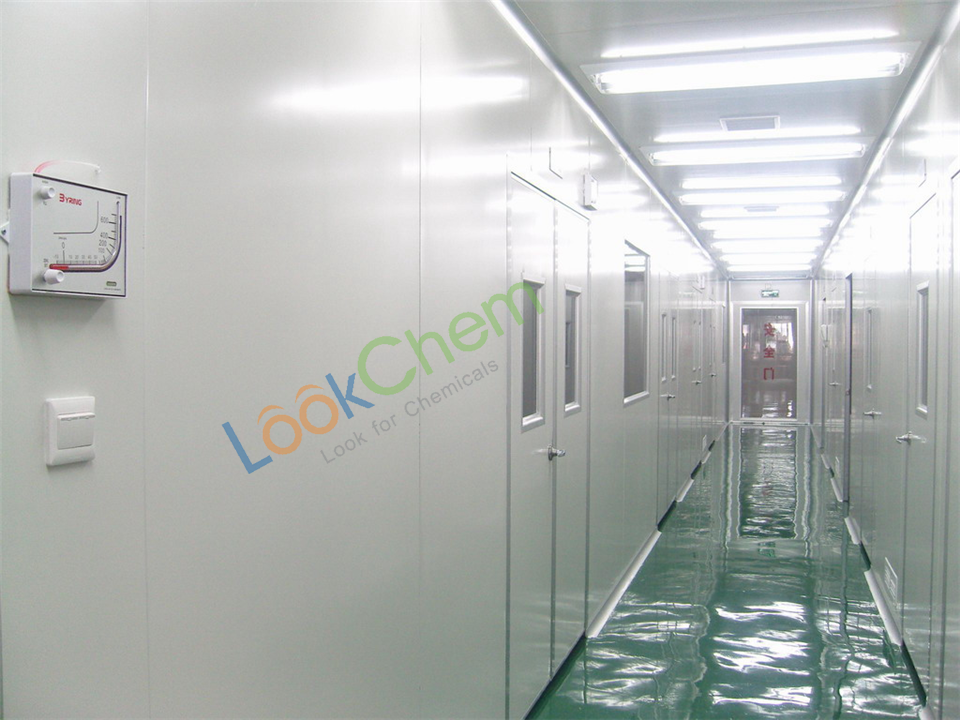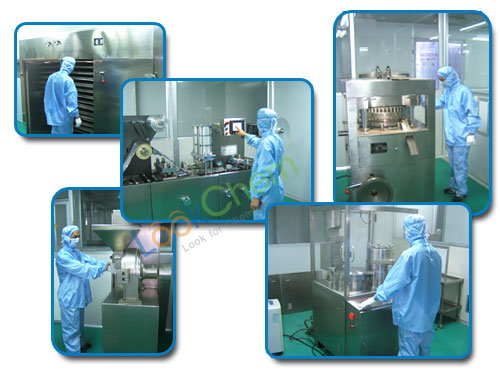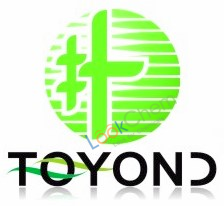Vitamin A Palmitate msds
- Product Details
- Company Profile
The material safety data sheet (MSDS) of Vitamin A Palmitate is one important component for product Vitamin A Palmitate stewardship and workplace safety. You could refer to the Vitamin A Palmitate manufacturer for more detailed product information. And Vitamin A Palmitate msds below is provided by Hangzhou Toyond Biotech Company which will provide high-quality Vitamin A Palmitate.
Vitamin A Palmitate (retinol palmitate)
1. PRODUCT IDENTIFICATION
Product Name: Vitamin A Palmitate
INCI Name: retinyl palmitate
Synonyms: retinol palmitate
CAS Number: 79-81-2
EINECS Number: 201-228-5
Origin: synthetic
2. PHYSICAL & CHEMICAL PROPERTIES
Melting Point: 28-29oC (82oF)
Eye Contact: may cause eye irritation.
Skin Contact: may cause skin irritation (dry skin, peeling, itching)
Ingestion: may cause nausea, vomiting, diarrhea, constipation, cramps, loss of appetite, dizziness, drowsiness, liver dysfunction (jaundice, elevated liver enzymes)
3. STABILITY & REACTIVITY
Chemical Stability: may become unstable at high temperature
Incompatibility: air, oxygen, oxidizing agents, strong acids
Hazardous Decomposition: biodegradable; burning can produce carbon monoxide and carbon dioxide
Hazardous Polymerisation: will not occur
4. HANDLING & STORAGE
Avoid contact with eyes. Wash thoroughly after handling. As with all chemicals, good industrial hygiene practices should be followed when handling this material. Avoid sunlight exposure. Avoid freezing or excessive heat. Do not handle or store near an open flame, heat or other sources of ignition. Keep the container tightly closed and in a cool, well-ventilated place.
5. ACCIDENTAL RELEASE MEASURES
Isolate spill area immediately. Keep unauthorized personnel away. Ventilate closed spaces before entering. Do not touch or walk through spilled material. Prevent entry into waterways, sewers, basements or confined areas. Surface may become slippery after spillage. Use vacuum or broom sweeping and remove to disposal container. If damp, flush with water.
6. EXPOSURE CONTROLS & PERSONAL PROTECTION
Respiratory Protection: Where exposure likely exceeds accep-table criteria, use NIOSH/OSHA-approved respiratory equipment.
Protective Clothing: Gloves recommended to prevent prolonged skin contact. Safety glasses, goggles, or face shield recommended for eye protection.
Other Protective Measures: Employees must practice good personal hygiene, washing exposed areas of skin several times daily and laundering contaminated clothing before re-use.
7. HAZARDS IDENTIFICATION
General: may cause birth defect based on animal data. Pregnant
Extinguishing Media: water spray, foam, carbon dioxide
Fire Fighting Procedures: Firefighters should wear full fire-fighting turn-out gear (full Bunker gear) including NIOSH-approved self-contained breathing apparatus with full facepiece operated in the pressure demand or other positive pressure mode.
8. FIRST AID MEASURES
Eyes: Irrigate eyes with a heavy stream of water for at least 20 minutes. Seek medical attention if symptoms persist.
Skin: Wash exposed areas of the body with plenty of water.
Inhalation: Remove from area of exposure. If breathing is difficult, give oxygen. Seek medical attention if symptoms persist.
Ingestion: Do not induce vomiting. Consult physician immediately. Never give anything by mouth to an unconscious person.
9. FIRE FIGHTING MEASURES
Flash Point: >190oC (>320oC)
Auto Ignition Temperature: 280oC
Boiling Point:
Vapor Density, Air=1:
Vapor Pressure:
Specific Gravity:
Solubility in water:
pH Value:
Appearance & Odor:
n/a
not determined
not determined
n/a
insoluble
not determined
clear golden oily liquid, faint odor
10. TOXICOLOGICAL INFORMATION
Acute LD50: 7910 g/kg (rats)
Dermal and Eye Irritation Test: not data available
Teratogenicity: teratogenic in mice and rabbits when administered orally during gestation at doses up to 9mg/kg/d
11. DISPOSAL CONSIDERATIONS
Storage and disposal must be in accordance with applicable local, state & federal disposal regulations. Characterization and com- pliance with applicable laws are the responsibility solely of the generator.
12. TRANSPORT INFORMATION
DOT Shipping Name: Refer to corresponding hazard class
ADR/RIC Code: Refer to corresponding hazard class
Sea Transport IMDG Code: Refer to corresponding hazard class
Air Transport IATA: Refer to corresponding hazard class
Verified Supplier
HANGZHOU TOYOND BIOTECH CO., LTD
- Country:
 China (Mainland)
China (Mainland) - Year Established: 2010
- Business License:

- Business type: Trading Company
- Integral:


Contact Details|Similar Products

Escrow ServiceMore
Secure Your Orders With escrow More Transparency,Less Uncertainty


 Add to inquiry cart
Add to inquiry cart

